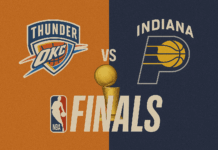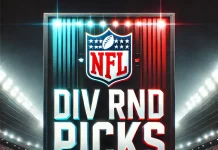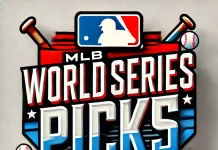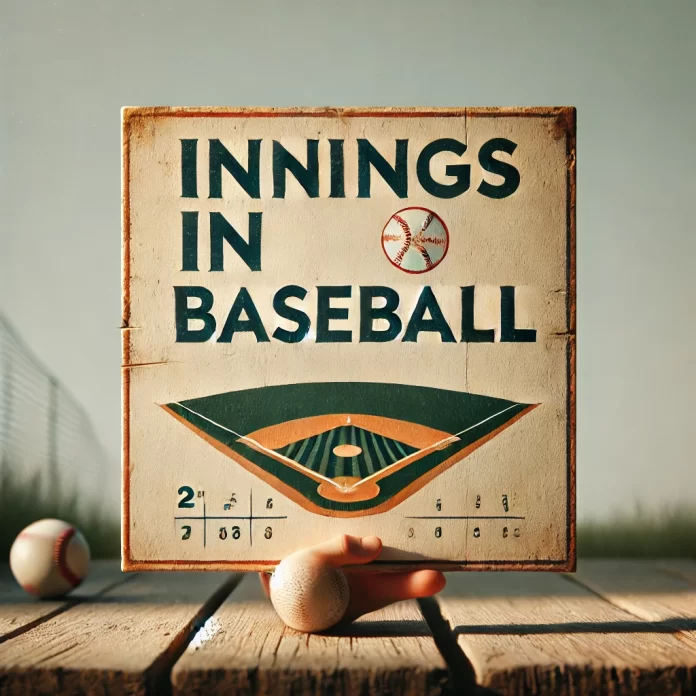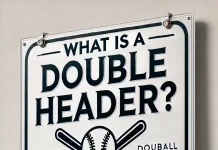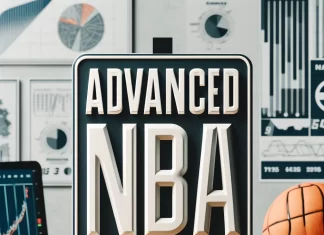Baseball, an iconic American sport, has been cherished for centuries.
It captivates lovers of the game all over the world, from children in Little League to fans cheering at Major League Baseball (MLB) games. But a common question arises from those not in the know: How long does a game of baseball last?
The duration of a baseball game varies, influenced by factors such as extra innings, rain delays, and league-specific rules. To add to the confusion, there are also baseball double headers.
Let’s try to understand of what it takes to complete nine full innings of baseball.
Understanding Innings in Baseball
Innings are fundamental to the structure of a baseball game.
In Major League Baseball and most professional leagues, a standard game consists of nine innings, typically lasting around three hours. However, the game may extend into extra innings if the score is tied after nine innings.
The ninth inning is often the most crucial and exhilarating part of a game, as it can determine the winner if no clear leader has emerged. Some games may conclude earlier due to the mercy rule, which ends the game if one team holds a significant lead after five innings.
The Standard Nine Innings
In a standard baseball game, each team plays nine innings, with each inning divided into two halves.
The visiting team bats first, followed by the home team. During an inning, the defensive team aims to achieve three outs through strikeouts, fly outs, or tags.
Understanding this structure is essential for both fans and players, as it underscores the game’s rhythm and strategy.
Variations in Game Length
Not all baseball games adhere strictly to nine innings.
Circumstances such as the mercy rule or tied scores necessitating extra innings can alter the game’s length. For instance, if a team leads by more than 10 runs after the seventh inning, the game may be declared over.
Conversely, extra innings can extend the game until a winner is determined.
Origins of the Nine-Inning Structure
The nine-inning structure has historical roots dating back to 1857, when Alexander Cartwright, one of baseball’s founding figures, established the rules.
This structure was intended to ensure a balanced and competitive game, allowing pitchers to face 27 batters and providing ample opportunities for strategic play.
Duration of an Inning
The length of an inning can vary, typically lasting between 20-30 minutes.
However, multiple factors, such as runs scored, the number of batters faced, and pitching changes, can extend this duration. Despite the variability, the average baseball game lasts around three hours, encompassing nine innings of play.
Factors Contributing to Game Length
Several elements contribute to the length of a baseball game:
- Pitching Changes: Frequent pitching changes, as managers strategize for optimal outcomes, can add significant time. Each change includes a warm-up period for the new pitcher.
- Advertising and Commercial Breaks: Necessary for revenue generation, these breaks extend the overall game time.
- Time Between Pitches: The intervals between pitches, though seemingly brief, accumulate over the course of a game.
- Replay Reviews: While ensuring accurate calls, replay reviews introduce additional delays.
- Batter Behavior: Actions such as stepping out of the batter’s box or adjusting gear also contribute to the length.
- Injuries: Injuries requiring medical attention can pause the game and extend its duration.
Additional Influences on Game Length
The size of the stadium and the strategies employed by pitchers, catchers, and batters also impact the length of a game.
Larger stadiums might mean longer intervals for players to move between plays, while tactical pauses and adjustments during the game can add to the overall time.
Historic Lengths of Baseball Games
The longest game in baseball history was an exhibition match in 1981 between the Pawtucket Red Sox and Rochester Red Wings, lasting 33 innings and over eight hours.
In the MLB, a 1984 game between the Chicago White Sox and Milwaukee Brewers extended to 25 innings, lasting more than eight hours. These extraordinary instances highlight the potential for extended play in baseball.
Modern Efforts to Shorten Games
In response to concerns about game length, MLB has implemented several measures.
Pitch clocks, limiting the time between pitches, and rules requiring relief pitchers to face a minimum number of batters have been introduced.
These efforts have successfully reduced the average game time, enhancing the viewing experience without compromising the sport’s integrity.
Love your baseball? Check out a list of MLB World Series winners and MLB World Series MVPs.


